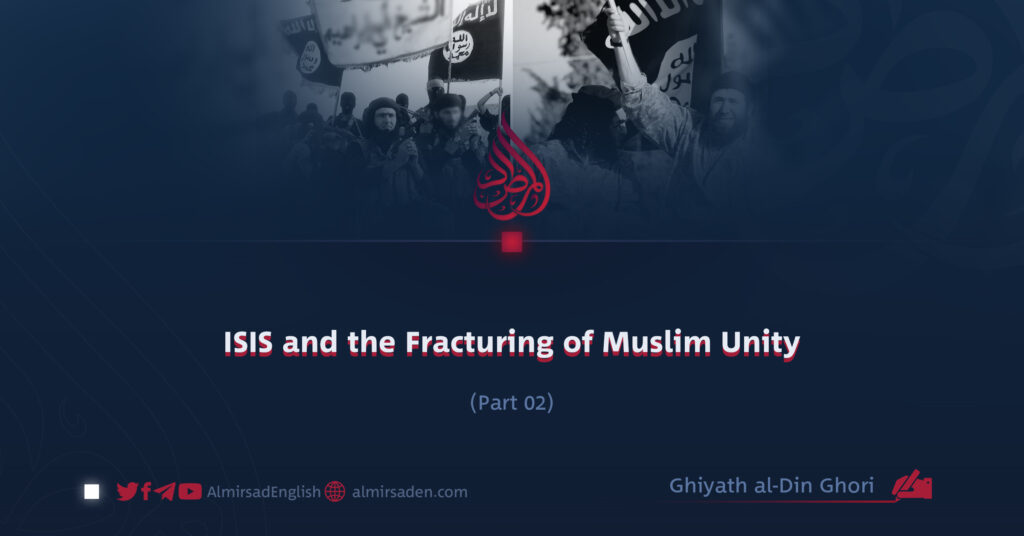Part 2
By Ghiyath al-Din Ghori
The Khawarij in Early Islam: The Beginning of the Threat
Among the earliest threats to the security and cohesion of the Muslim Ummah were the Khawarij. Emerging in the first generations of Islam, they shook the foundations of unity by declaring fellow Muslims unbelievers, legitimizing violence, and rising in rebellion against the rightful Imam. What began as a small faction soon dragged the community into bloodshed and turmoil.
Before turning to the heart of this discussion, it is worth pausing to understand who the Khawarij were and why they matter. A clear grasp of their history sheds light on the subject at hand and, more importantly, serves as a warning. For young Muslims in particular, awareness of such groups is a safeguard. The Khawarij first appeared during the lifetime of the Prophet Muhammad (PBUH) and, as the narrations foretell, their presence will endure until the end of time, when their final adherent will emerge alongside the Dajjal.
Sheikh al-Islam Ibn Taymiyya (may Allah have mercy on him) describes how the earliest Muslims responded:
“When the issue of the Khawarij arose within the Ummah, the Companions (may Allah be pleased with them) spoke about them, narrating the hadiths of the Messenger of Allah (PBUH) concerning their character. They also pointed to the verses of the Qur’an that refuted them, making their innovations and misguidance clear to the people.”
Such vigilance, he implies, is essential for every Muslim, for this sect has always posed a danger to the Ummah’s unity and safety.
Imam al-Nawawi (may Allah have mercy on him) explained their very name:
“They were called Khawarij because they left the community, or because they departed from the path of the community.”
This simple definition reveals their essence. From their first appearance until today, they have been a source of division and strife. Indeed, their mischief has often been more destructive than that of external enemies, for they strike from within.
The Khawarij resurface in every age, armed with distorted interpretations and a rigid creed. Whenever tensions or disagreements arise among Muslims, they seize the moment to widen the cracks, turning brother against brother, undermining leadership, and declaring the blood of believers permissible. By doing so, they weaken the Ummah from within and create opportunities for hostile forces to exploit.
According to reliable accounts, the first to display such insolence did so in the very presence of the Prophet himself. Dhu al-Khuwaysira, a man marked by arrogance and cruelty, dared to challenge the Messenger of Allah (PBUH), rebelling against the noblest of creation.
After the passing of the Prophet, the Haruriyya branch of the Khawarij became the earliest innovators to break away from Ahl al-Sunnah wa’l-Jama’ah, even while the Rightly Guided Caliphs, the Muhajirun, and the Ansar were still alive. Their defiance disrupted the unity of the Ummah at a time when stability was most needed. Their first organized assembly followed the tragic martyrdom of Caliph ‘Uthman (RA), in the aftermath of the Battles of Jamal and Siffin. Aligning themselves with the Saba’iyyah faction, led by the hypocrite ‘Abdullah ibn Saba, they rejected reconciliation and withdrew to the area of Harura, from which they would launch further unrest.
Throughout history, the pattern has repeated itself. The Khawarij thrive in moments of discord, fueling division and strife. Their aim has never changed: to weaken Islam from within by attacking its finest leaders, undermining its scholars and defenders, and fracturing the ranks of believers, thereby serving the ambitions of Islam’s enemies.
In our own time, the same destructive spirit reappears in the form of ISIS, the so-called “Islamic State.” Like their predecessors, they cloak themselves in religious slogans, yet their true legacy is the corrosion of unity and the defamation of Islam before the world.
